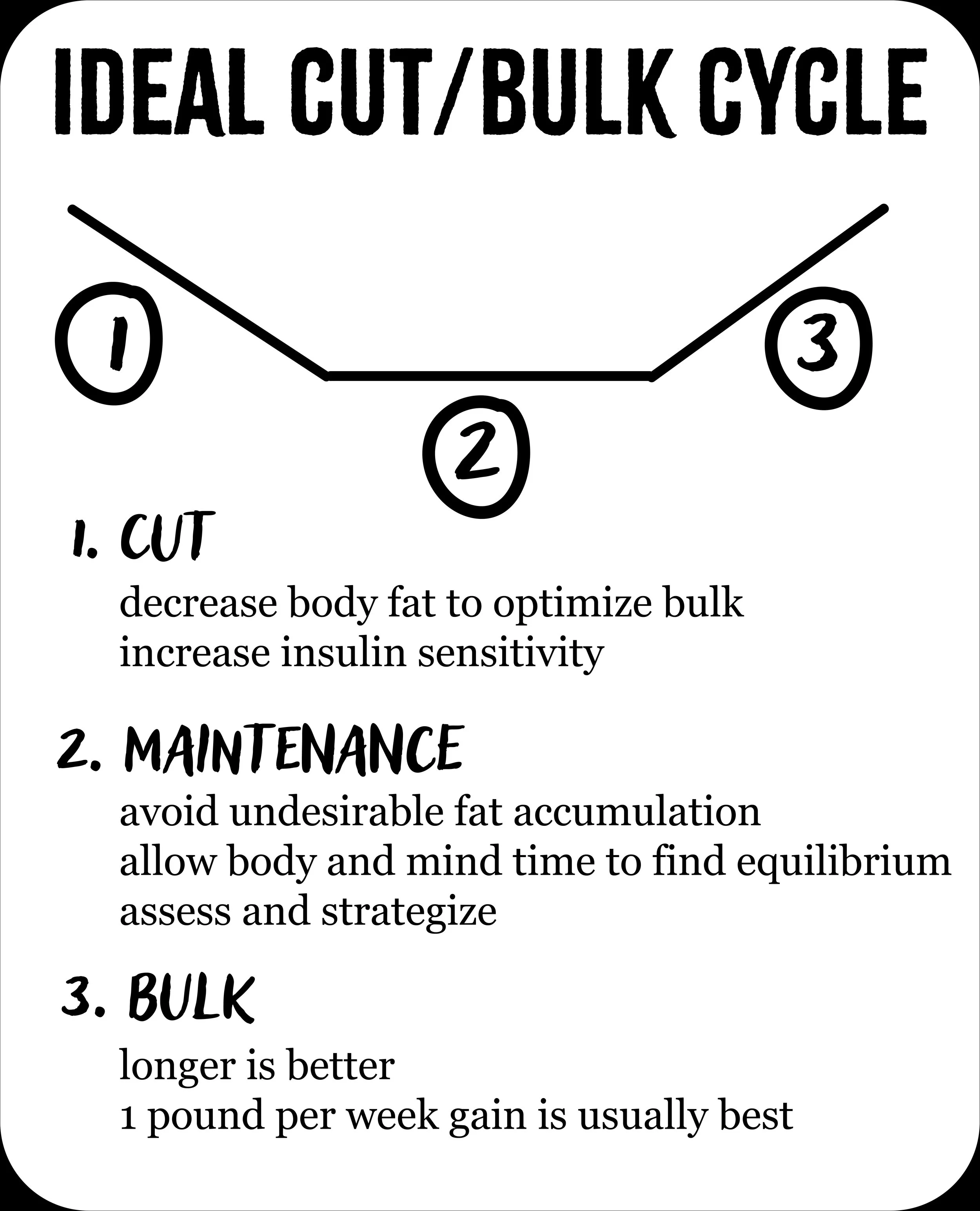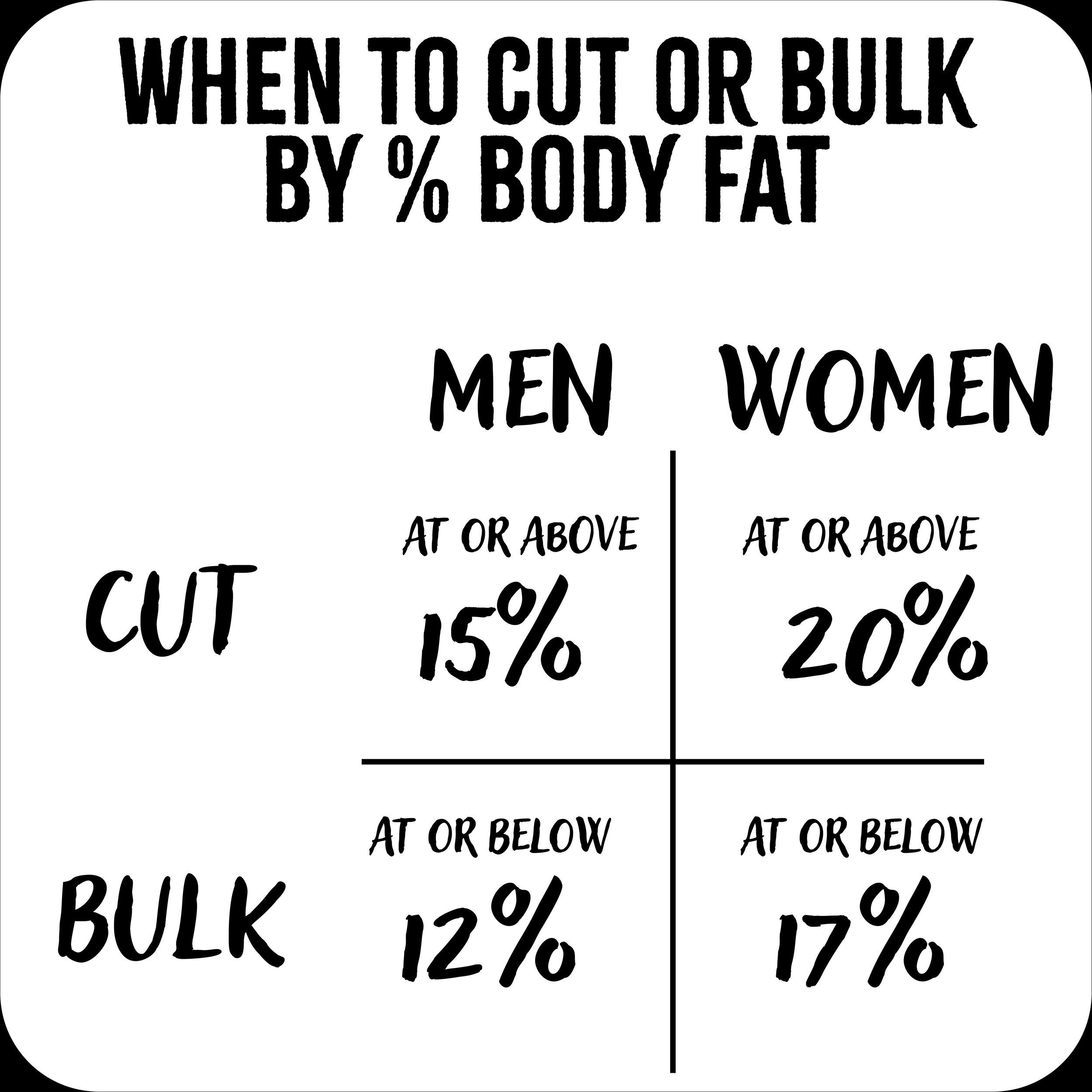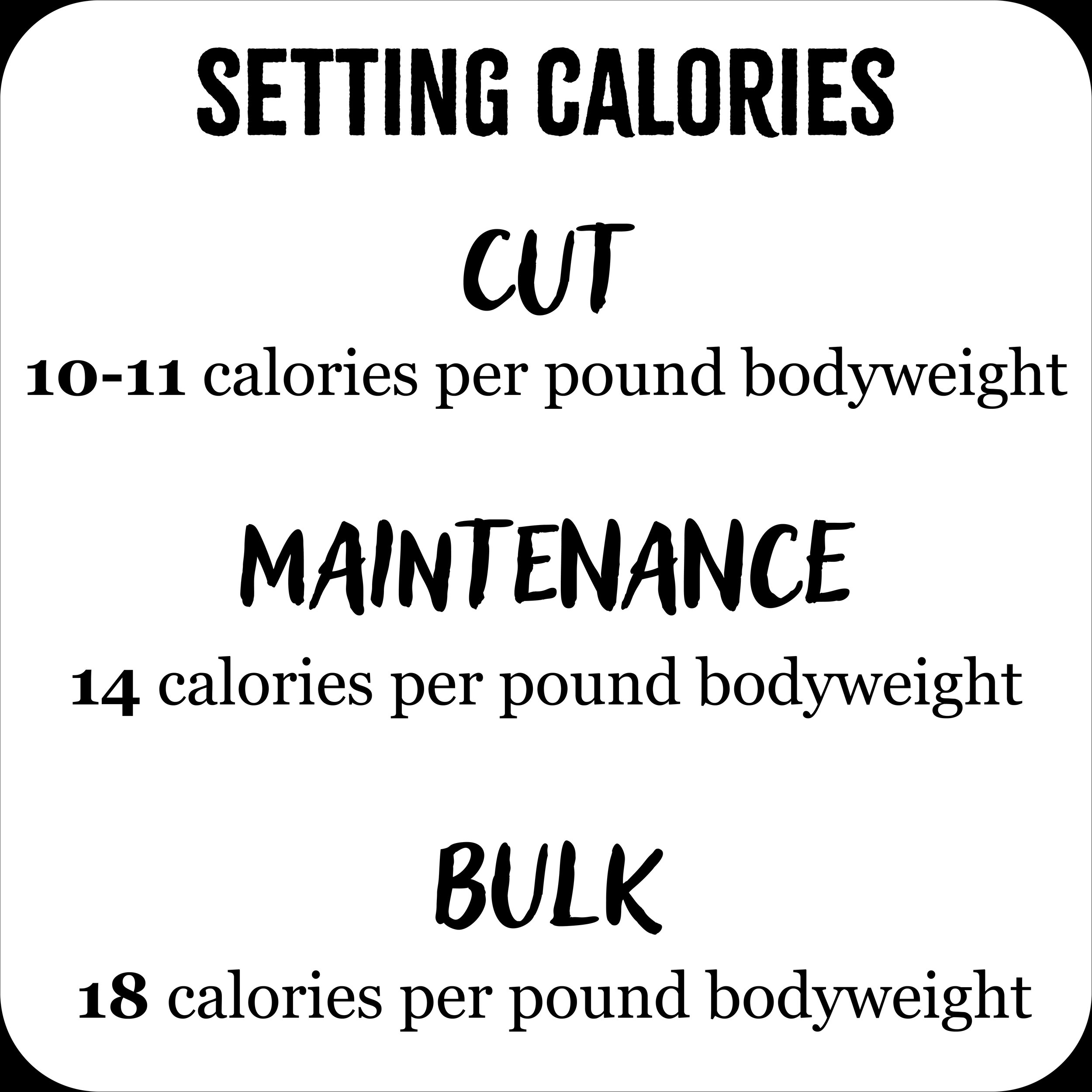To Bulk or Not to Bulk
In the quest to build muscle, insulin sensitivity should absolutely be a consideration. Its effects are subtle yet vital. This is usually about starting lean, where your body, being more efficient, will direct excess calories to muscle. My personal approach, straightforward and effective, is always cutting first, via a period of caloric deficit before even considering a diet cycle geared towards bulking.
With that said, after a cutting phase, your body’s metabolism might have adapted to lower caloric intake. Not to worry. A brief maintenance phase allows your metabolism to stabilize and adapt to a new normal before increasing calories for bulking. We will lay out a clear-cut strategy here for execution, but first let’s take our discussion regarding insulin sensitivity a little further.
Insulin plays a crucial role for the lifter, it’s sensitivity being something like the skill of a navigator charting the course of nutrients in the body. When that sensitivity is high, your body efficiently uses insulin to direct calories towards muscle synthesis rather than fat storage. This efficiency is pivotal during a bulking phase, where the caloric surplus is necessarily constant.
The scientific literature not only suggests that leaner individuals tend to have higher insulin sensitivity, making their bodies more adept at nutrient partitioning, but it also generally indicates that lowering body fat can improve insulin sensitivity. This relationship is based on how adipose (fat) tissue affects the body’s ability to respond to insulin. Excess body fat, especially visceral fat around the abdomen, is linked to increased insulin resistance, where the body’s cells don’t respond effectively to insulin.
By reducing body fat, we usually see an improvement in insulin sensitivity, as the body becomes more efficient at glucose uptake and utilization. This is a key reason why starting a bulking phase with a lower body fat percentage is so crucial. This efficiency, which usually accompanies lower levels of body fat, is strategic – it sets the stage for more effective muscle gain with minimized fat accumulation.
Distilled summary of an ideal cut/bulk cycle.
Like I mentioned before, transitioning directly from a cutting phase into bulking can be a shock to the system. Herein lies the wisdom of a maintenance calorie phase. Post-cutting, the body’s metabolism is often recalibrated to lower calorie intakes, and jumping straight into a large surplus can lead to undesirable fat accumulation.
A period at maintenance calories acts as a vital interlude, allowing the metabolism to stabilize and adjust. It’s not just about the physical aspects; this phase is a breather for the mind as well, offering a break from dietary rigor. It’s a time for the body’s hormonal environment, often disrupted by prolonged calorie deficits, to find its equilibrium — particularly hormones like leptin and ghrelin, which regulate hunger and satiety.
This interim also provides an opportunity to assess and strategize. By evaluating how the body has responded to the cutting phase, one can tailor the upcoming bulking strategy for optimal results. In essence, a maintenance phase is not a pause in progress, but a calculated step in the journey of physical transformation, ensuring that the body and mind are primed for the demands of muscle building that lie ahead.
Now, a good rule of thumb for when we might be ready for a bulk would be: any time we are at or below 12% body fat. The lower the better. At 15% or more, it’s time to cut again. These figures are for men. For women, start bulking at 17% or less and at around 20% it’s time to cut again.
Quick reference guide for when to start a cut or bulk.
Again, for someone who has recently finished a cutting cycle, some maintenance time may be in order.
In my experience, longer bulks tend to work out better. This is because it can take a few weeks to really get the ball rolling, in terms of training strategy and evaluating caloric needs, as well as recoverability while trying to add muscle. Weight gain of approximately one pound per week usually yields the best results and should probably be the goal. Too much more than that will likely lead to excessive fat gain, and less: seems like a waste of time. Given this, we can see that starting as lean as possible is beneficial in a number of ways. The lower the body fat at the outset, the longer the bulk.
As far as starting points for setting calories:
10-11 calories per pound of bodyweight works out well for a cut, in most cases.
14-15 calories per pound is a good starting point for maintenance, in most cases.
Around 18 calories per pound is a decent place to start for a bulking cycle.
Quick reference guide for setting your calories, depending on your goal.
In any case we can plus or minus 200 calories per day if we aren’t getting the desired effect within two weeks.
Protein should be set at one gram per pound of bodyweight (on the low end) whenever on a cutting or maintenance phase. This is less crucial on a bulk, but I never go below 1g/lb.
Carbohydrates are especially important during a bulk. Other than that, it probably doesn’t make much difference how you split up the rest of the calories between carbohydrates and fat. So, this should be handled as a matter of preference.





